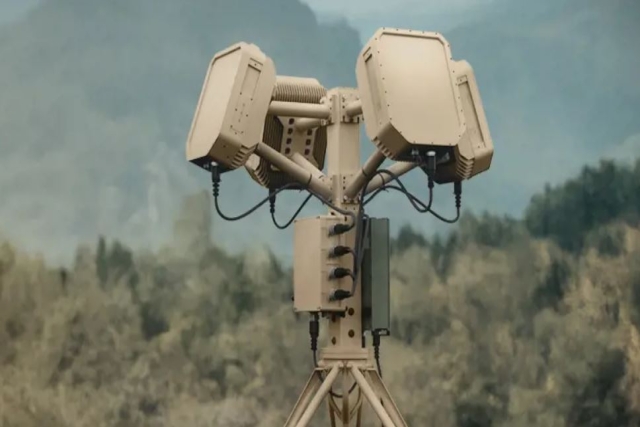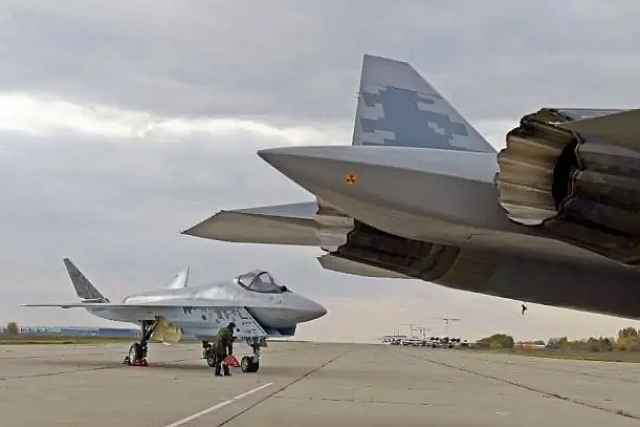Lockheed Martin Delivers Fourth Secure Communication Satellite For August Launch

US Navy and Lockheed Martin delivered fourth Mobile User Objective System (MUOS) satellite to Cape Canaveral Air Force Station, Florida ahead of expected August launch aboard a United Launch Alliance Atlas V rocket.
MUOS-4 is the latest addition to a network of orbiting satellites and relay ground stations that is revolutionizing secure communications for mobile military forces. Users with operational MUOS terminals can seamlessly connect beyond line-of-sight around the globe. MUOS' new smart phone-like capabilities include simultaneous crystal-clear voice, and video and mission data, on a high-speed Internet Protocol-based system.
Traditional UHF satellite communication systems allow users to 'talk' as long as they are geographically close enough to be under the coverage footprint of the same satellite.
"MUOS allows troops all over the world to talk, text and share mission data seamlessly, while traveling, like a cellular network, without having to worry about where they are in relation to a satellite," said Iris Bombelyn, Lockheed Martin's vice president for narrowband communications. "MUOS-4 will complete our near global coverage, reaching further north and south toward the poles than ever before."
MUOS-4 was shipped from nearby Moffett Federal Airfield, where the 60th Air Mobility Wing of Travis Air Force Base loaded the satellite aboard a C-5 Galaxy aircraft for delivery. In Florida, Astrotech Space Operations, a wholly-owned subsidiary of Lockheed Martin, will complete MUOS-4's pre-launch processing.
The MUOS network is expected to be operational by year-end. MUOS-1,MUOS-2 and MUOS-3 launched respectively in 2012, 2013 and January 2015. All four required MUOS ground stations are complete. More than 55,000 currently fielded radio terminals can be upgraded to be MUOS-compatible, with many of them requiring just a software upgrade.









